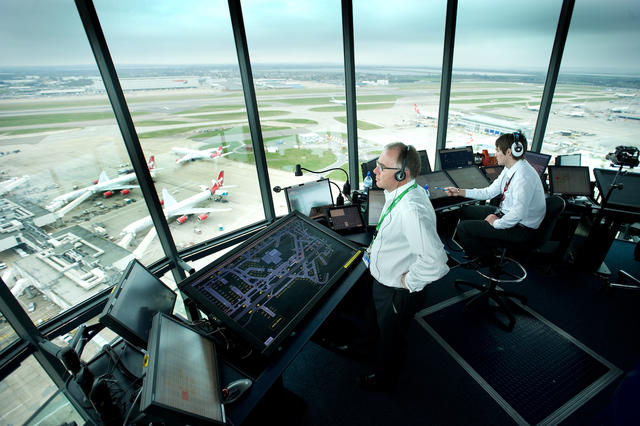As global aviation demand surges in 2025, air traffic control systems are under unprecedented strain. While passengers see crowded terminals and delayed flights, the unseen crisis is unfolding in control towers and radar rooms — where aging infrastructure, staffing gaps, and rising complexity threaten the safety and efficiency of global airspace.
Traffic Surge Outpaces System Capacity
The world’s skies have never been busier. IATA projects nearly 5 billion passengers in 2025 — and every takeoff, cruise, and landing relies on ATC coordination.
But ATC systems in many countries, especially across North America and Europe, are buckling:
- In the U.S., the FAA’s airspace system is managing 52,000+ flights per day, often with outdated 1990s technology and analog procedures.
- Europe’s fragmented ATC network continues to suffer from inefficiencies, with flights still routed through national rather than regional airspace systems.
- Delays due to ATC staffing shortages and airspace congestion have increased by more than 20% YoY, especially in peak travel months.
Staffing Crisis at Breaking Point
Despite widespread recruitment campaigns, air traffic controller shortages remain a critical issue:
- In the U.S., the FAA admitted in 2025 that it is short over 3,000 controllers, with key hubs like New York, Miami, and Atlanta chronically understaffed.
- Retirements, burnout, and slow training cycles are worsening the situation — it takes 2–3 years to fully certify a new controller.
- Strikes and protests have occurred in France, Germany, and Italy, where unions are demanding better working conditions, shorter shifts, and automation support.
To maintain safety margins, authorities are resorting to flow restrictions, flight caps, and longer separation times — all of which reduce efficiency and contribute to growing delays.
Technology Upgrades: Still Too Slow
Modernization efforts are underway, but progress is sluggish:
- The FAA’s NextGen program, originally launched in 2007 to digitize and optimize U.S. airspace, is still only partially implemented.
- In Europe, the Single European Sky initiative remains politically gridlocked, despite its promise to cut emissions and delays by integrating national ATC systems.
- Remote towers using digital cameras and AI — deployed in Scandinavia and some U.S. regions — show promise, but remain exceptions, not the norm.
Meanwhile, cyber threats are growing. In March 2025, a ransomware attack briefly disabled a regional ATC system in Southeast Asia, renewing calls for stronger cybersecurity protocols.
Climate & Geopolitics Add Complexity
ATC is also facing new pressures from climate regulations and geopolitical tensions:
- Climate-constrained routing — where aircraft are rerouted to optimize fuel burn or avoid contrail formation — adds complexity to flight plans.
- No-fly zones over Ukraine, Gaza, and parts of Asia require constant recoordination, increasing controller workload.
- The rise of UAVs (drones) and urban air mobility (eVTOLs) is forcing agencies to rethink how airspace is segmented and monitored — especially around cities.
Looking Ahead: A Global Reset Needed
The ATC system of the 20th century is no longer fit for 21st-century aviation. Experts agree that the next phase must include:
- Accelerated controller training and global recruitment incentives.
- Unified regional airspace management, especially in Europe.
- Full deployment of digital tools, including AI-assisted routing and predictive weather models.
- Investment in cybersecurity and drone traffic integration systems.
But until these reforms are realized, air traffic control remains a silent bottleneck — limiting the recovery, safety, and sustainability of global aviation.
Author’s Note: While passengers look to airlines for punctuality, much of the real pressure lies in control towers and coordination centers. If the world wants to keep flying higher, the air traffic control system must evolve — fast.













